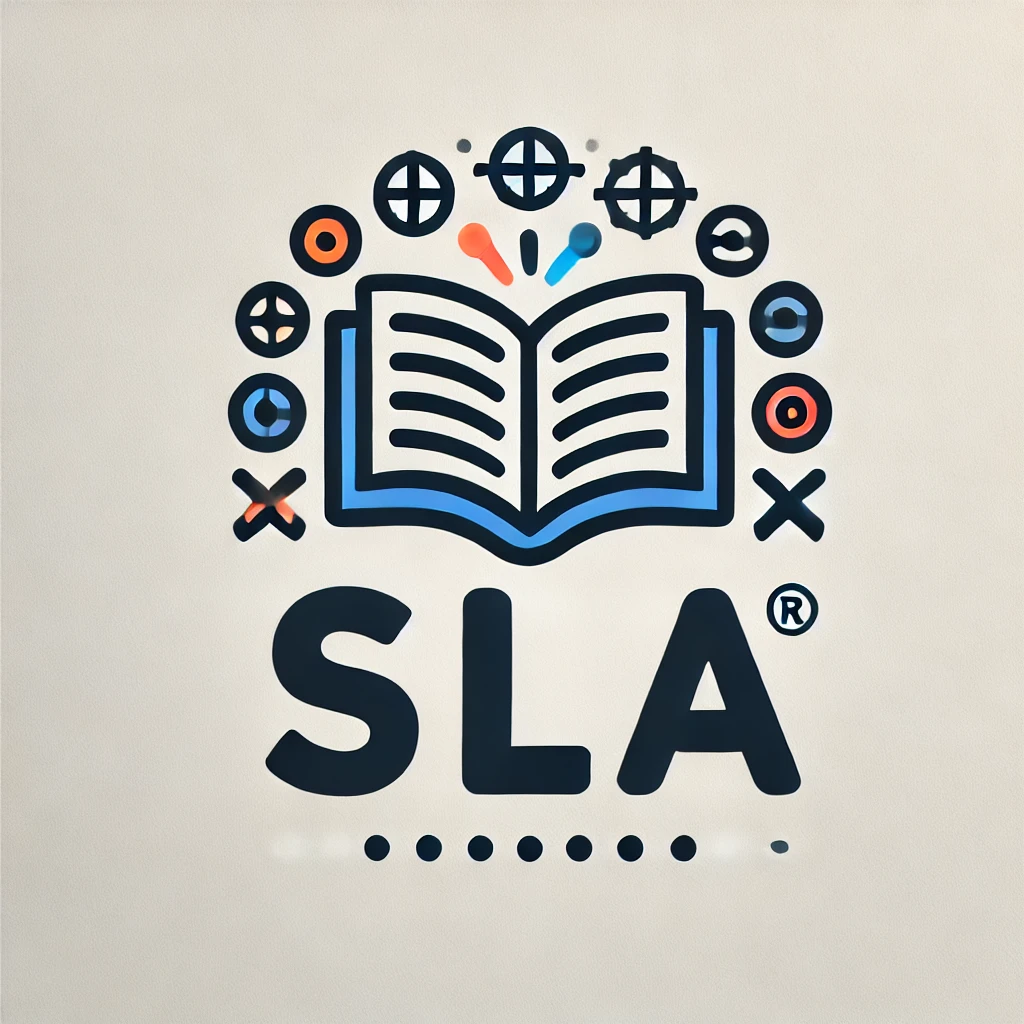“How Many Languages Can A Person Actually Speak?”
Have you ever wondered how many languages a person can actually speak fluently? In a world full of diverse languages, it’s fascinating to see just how many languages individuals can master. Let’s explore the factors that can influence the number of languages a person can speak proficiently.

Factors Influencing Language Acquisition
When it comes to mastering multiple languages, several factors come into play. Your age, environment, motivation, and exposure to different languages all play a significant role in determining how many languages you can speak fluently. Let’s break down each of these factors to understand their impact better.
Age
Research shows that younger individuals tend to have an easier time learning multiple languages simultaneously. Children are like language sponges, soaking up new vocabulary and grammar rules effortlessly. As you grow older, your brain becomes less flexible, making it harder to acquire new languages. However, this doesn’t mean that adults can’t learn new languages; it just might take a bit more time and effort.
Environment
Living in a multilingual environment can significantly impact your language acquisition skills. Being exposed to different languages on a daily basis can help you pick up new languages more quickly. When you’re constantly hearing and using multiple languages, your brain becomes more adept at switching between them effortlessly.
Motivation
Your level of motivation plays a crucial role in how many languages you can speak fluently. If you’re genuinely enthusiastic about learning new languages and immersing yourself in different cultures, you’re more likely to succeed in mastering multiple languages. Motivation is the driving force behind language acquisition, pushing you to practice regularly and overcome any obstacles that come your way.
Exposure to Different Languages
The more exposure you have to different languages, the easier it becomes to learn and speak them fluently. Whether through travel, books, movies, or conversations with native speakers, exposing yourself to a variety of languages can broaden your linguistic abilities. The more you immerse yourself in a language, the more confident and proficient you become in speaking it.
Levels of Language Proficiency
When it comes to determining how many languages a person can speak fluently, it’s essential to understand the various levels of language proficiency. The Common European Framework of Reference for Languages (CEFR) provides a comprehensive guide to language proficiency levels, ranging from A1 (beginner) to C2 (proficient). Let’s take a closer look at each proficiency level to better understand what it means to speak a language fluently.
A1 – Beginner
At the A1 level, you have basic communication skills and can understand and use everyday expressions in a simple way. You can introduce yourself, ask and answer simple questions, and interact in a straightforward manner. However, your language skills are limited, and you may struggle to express more complex ideas or engage in in-depth conversations.
A2 – Elementary
As you progress to the A2 level, you can communicate in more detail and handle simple everyday situations that require a direct exchange of information. You can describe your background, your immediate surroundings, and your basic needs, but your language skills are still limited. While you can participate in short conversations on familiar topics, you may struggle with more complex language structures.
B1 – Intermediate
At the B1 level, you can engage in conversations on a wide range of topics and express your opinions and aspirations. You can understand the main points of clear standard input on familiar matters and deal with most situations likely to arise while traveling. While you can communicate effectively in most everyday situations, your language proficiency is still considered intermediate, with room for improvement.
B2 – Upper Intermediate
Moving on to the B2 level, you have a good command of the language and can express yourself clearly and fluently in a variety of contexts. You can understand complex texts and engage in detailed discussions on a wide range of topics, demonstrating a solid grasp of grammar and vocabulary. While your language skills are advanced, you may still encounter challenges with more specialized or nuanced language use.
C1 – Advanced
At the C1 level, you have a high level of proficiency in the language and can express yourself spontaneously and fluently without much searching for expressions. You can understand a wide range of demanding, longer texts and recognize implicit meaning. You can communicate effectively in professional and academic settings, engaging in discussions and debates with ease. While your language skills are near-native, you may still have occasional lapses in complex language use.
C2 – Proficient
Reaching the highest level of language proficiency, C2, means you have mastered the language to the point of near-native fluency. You can understand almost everything you hear or read with ease and can summarize information from different spoken and written sources coherently. You can express yourself fluently and precisely, conveying subtle nuances of meaning effectively. Your language skills are comparable to those of a native speaker, with a deep understanding of grammar, vocabulary, and cultural nuances.
Polyglots and Hyperpolyglots
Polyglots and hyperpolyglots are individuals who have mastered multiple languages to varying degrees of proficiency. While polyglots typically speak four or more languages fluently, hyperpolyglots take it a step further by mastering six or more languages proficiently. These language enthusiasts dedicate significant time and effort to learning and practicing multiple languages, often immersing themselves in different cultures to enhance their linguistic abilities.
Benefits of Being a Polyglot
Being a polyglot comes with numerous benefits, both personal and professional. Polyglots have a broader perspective of the world, understanding and appreciating different cultures and languages. They can easily navigate international travel, communicate with a wide range of people, and build meaningful connections across linguistic boundaries. From career opportunities to cognitive benefits, being a polyglot opens up a world of possibilities.
Tips for Becoming a Polyglot
If you’re interested in becoming a polyglot yourself, there are several tips you can follow to enhance your language learning journey:
-
Set Clear Goals: Define your language learning goals and create a structured plan to achieve them. Whether you want to become conversational or reach fluency, outlining your objectives can help keep you motivated and on track.
-
Immerse Yourself: Surround yourself with the languages you’re learning by listening to music, watching movies, reading books, and engaging with native speakers. The more exposure you have to the language, the faster you’ll progress in your language acquisition journey.
-
Practice Regularly: Consistent practice is key to mastering multiple languages. Dedicate time each day to practicing speaking, listening, reading, and writing in your target languages to reinforce your skills and improve your fluency.
-
Be Patient: Language learning is a gradual process that takes time and persistence. Be patient with yourself, celebrate small victories along the way, and don’t be discouraged by setbacks. With dedication and perseverance, you can achieve your language learning goals.
Conclusion
In conclusion, the number of languages a person can speak fluently is influenced by a variety of factors, including age, environment, motivation, and exposure to different languages. While some individuals may excel at mastering multiple languages, others may find it more challenging. By understanding the levels of language proficiency, exploring the world of polyglots and hyperpolyglots, and following tips for language learning success, you can enhance your linguistic abilities and strive towards becoming a polyglot yourself. Remember, learning new languages is a rewarding and enriching experience that opens doors to new opportunities and connections across the globe. So, how many languages will you master on your language learning journey?


